Did you know that peeling postage stamps off the envelopes using your bare fingers can devalue it? For easier handling and lesser damage to stamps, philatelists use stamp tweezers or stamp tongs. You can even conveniently hold a small stack of stamps using a pair of stamp tweezers.
Even how much you wipe your hands, chances are, skin oils will stick to the surface of the stamp design. That is why a good pair of stamp tongs is an important stamp tool to invest in.
What are the kinds of stamp tweezers?
Most stamp tongs available in the market are made out of metal. Standard stamp tweezers has a length of 4 to 8 inches (or about 10 to 20 cm).
Ideally, the tips of the stamp tweezers are thin and flat so it can slide lightly underneath the stamps’ surface. There are different designs of the basic stamp tongs and their ends may be straight, bent or angled.
The basic types of stamp tongs are:
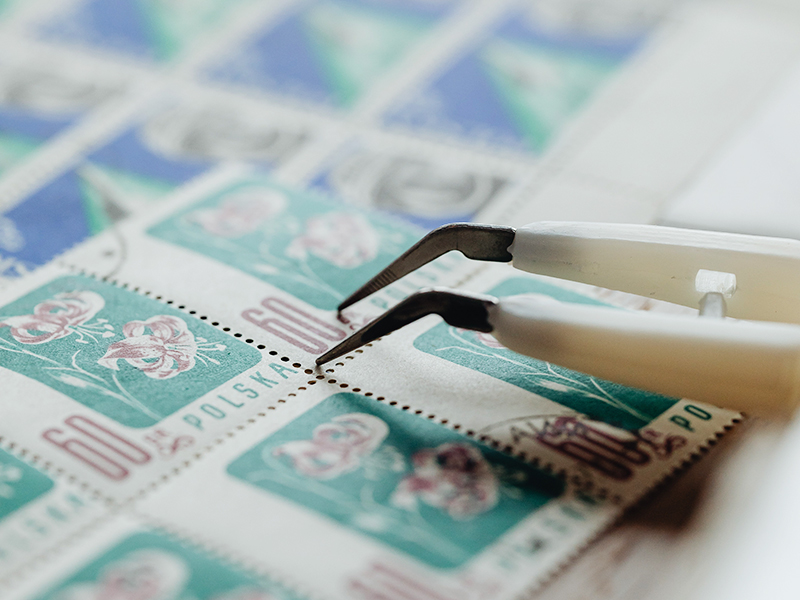
Pointed end stamp tweezers – have a tapered and sharp point to efficiently pick up individual stamps from a pile, and position stamps on the stamp mounts. The pointed stamp tongs should be used with extra care because it can puncture a delicate postage stamp.
Spoon end stamp tweezers – also known as the shovel tip stamp tongs. They have a broad spatula-shaped ends that are sometimes bent at an angle.
Spade tip stamp tweezers – have a flat and blunt end for a firmer grip on the stamp without damaging its surface and its perforation mark. The spade stamp tongs are perfect for holding a small stack of stamps.
Why use a pair of stamp tweezers?
Every stamp collecting book will teach you that investing in a good pair of stamp tweezers is practical to avoid unwanted folds, accidental tears, and fingerprints on your postage stamps.
When you want to mount your stamps on a stamp album, never peel off the postage stamp from the envelope with your fingers because no matter how careful you are, you will still damage the stamp.
Remember, the delicate stamp perforations are indicative of the stamp value when it is measured on the stamp perforation gauge. By using stamp tweezers, you can easily lift a postage stamp from the surface of the envelope.
Picking up stamps from a pile is a little bit tricky, too. Unless you have sharp fingernails, stamps are easily dented or folded over when you grasp them with your fingers. Hold and transport a small stack of stamps with a pair of stamp tweezers. In the same way, you can easily lift a stamp from the pile by using the stamp tongs.


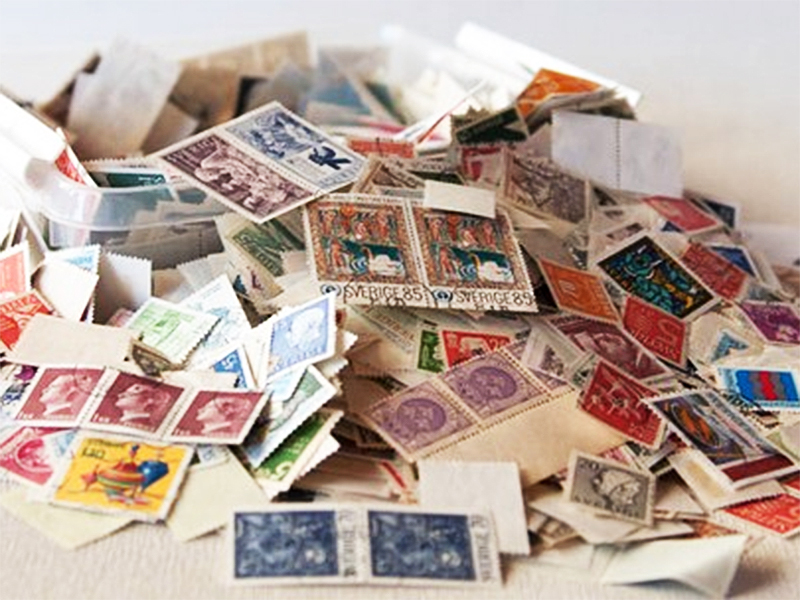
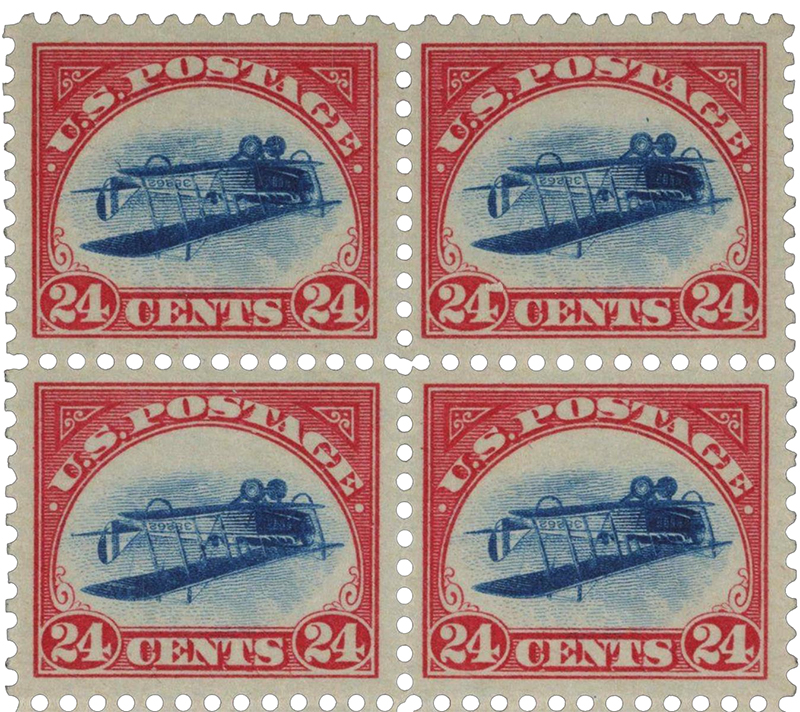
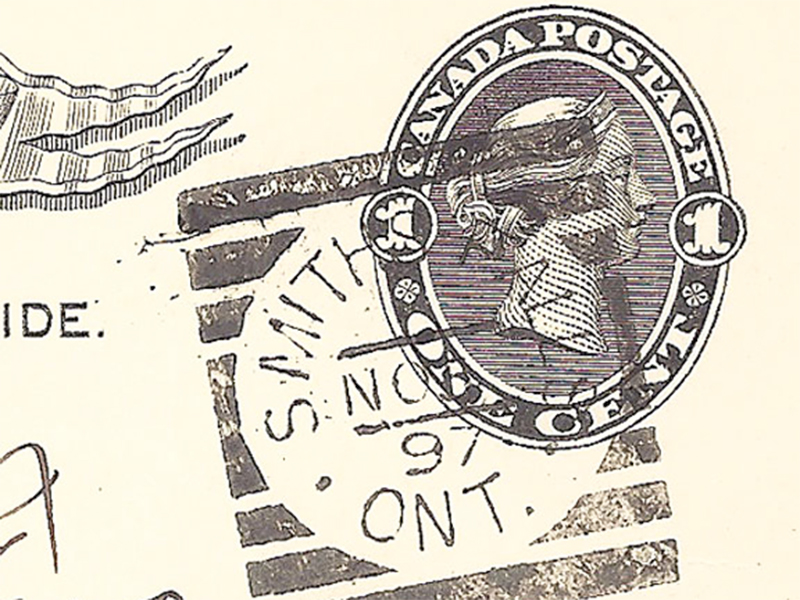

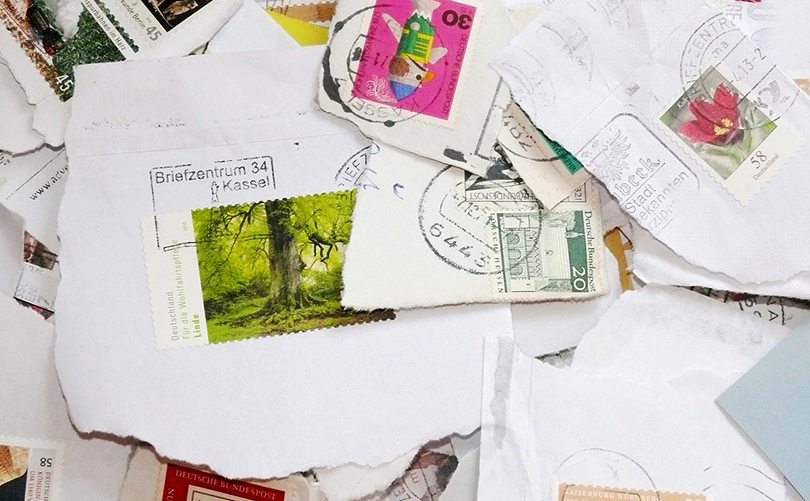
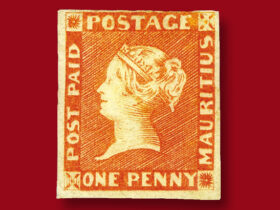


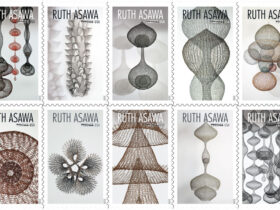
Leave a Reply